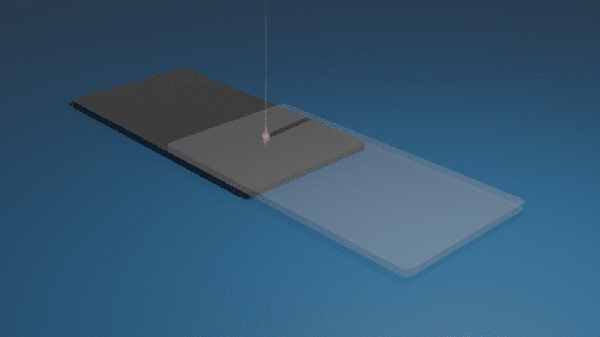Laser Plastic welding

Welding of polymers using lasers is a rapidly developing technology. Laser welding have advantages over ultrasonic welding where flexibility and precision is required. This technology is reliable and economical largely due to increased wall plug efficiency and low operating costs of fiber lasers as compared to solid state lasers which were initially used in welding polymers.
Laser Welding of Polymers
Conventional method of welding polymers is by laser transmission, a transparent thermoplastic and an absorbing thermoplastic are used. The laser passes through the transparent polymer and melts the absorbing component, which then bonds with the transparent component creating secure and a leak-free weld.
This type of weld is generated on the inside of the component without the release of undesired particles. This process has minimal HAZ (Heat Affected Zone), this can enable welds near the other components. It creates a high quality weld which is nearly invisible and without the need for solvents or fasteners making it cost effective and ecofriendly.
Fiber lasers in continuous wave mode where the peak and average power are same have proven to be better choice for polymer laser welding. Having collimated beam with moderate power levels were successful in stopping the material degradation.
Laser transmission welding have been widely used in the medical, automotive and consumer electronics. Plastics appropriate to his industries have shown it can be weld in precise and controlled manner using fiber laser. High quality defect free welds with less processing times can be achieved using fiber laser. Power required to weld large areas are well within the range currently available.
Advantages Of flashKUT:
- Flexibility – Capable of welding intricate and complex components
- Non-contact process with very less HAZ
- Short cycle times
- Well suited for sensitive applications as there is no damage for internal components
- Highly precise and high weld quality with nearly invisible welds
- Eliminate the need for costly additive and consumable
- Economical and Eco-friendly with few failed parts and minimal system maintenance